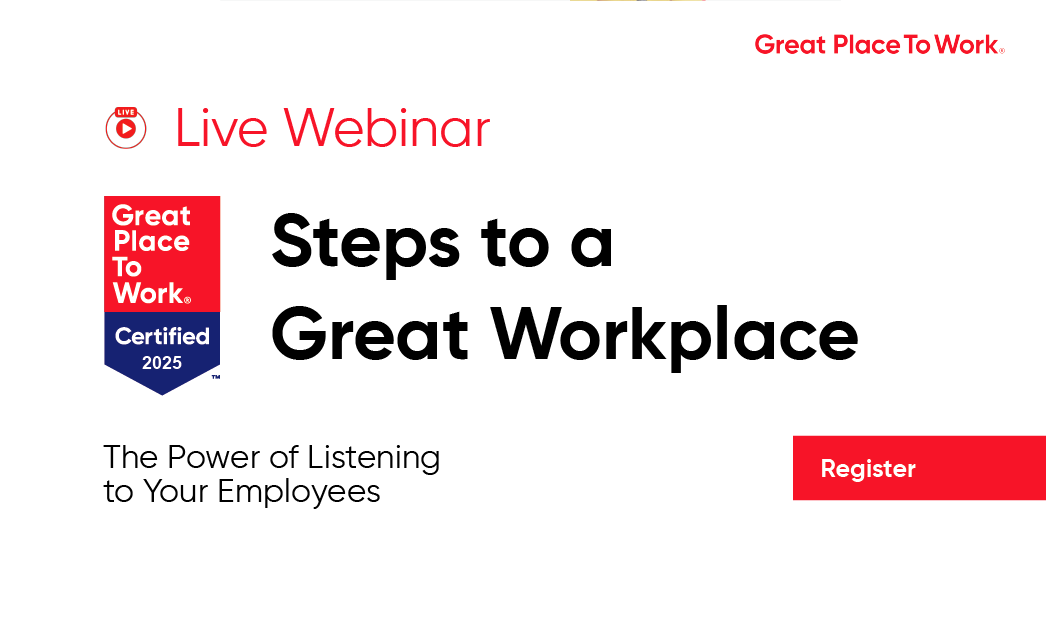A healthy and secure workplace can be defined as a work environment, that prioritizes the well-being, safety, and protection of all employees. It encompasses both physical and psychological aspects. It goes beyond that which enables employees to feel safe when they are working in such workplaces, it is feeling safe and healthy enough to function as an individual or team.
Employees' productivity rate grows when they operate in a healthy, safe, and secure workplace, they also feel comfortable coming to the workplace and contributing to the growth and development of the organization while building their careers in the organization.
Creating a healthy workplace involves promoting physical, mental, and emotional well-being among employees, it is the responsibility of the Leaders within the organization to design a robust safe system that is upheld by all stakeholders, and everyone must be aware of safety measures to conform with in performing their daily work.
Key Characteristics of a healthy and secure workplace are:
- Physical Safety: The workplace is designed and maintained to minimize physical hazards by ensuring proper lighting, ergonomic workstations, well-maintained equipment, and clear pathways to prevent accidents and injuries.
- Occupational Health: The workplace should promote, communicate, and support the physical health of employees by offering wellness programs, access to health resources, and preventive measures such as regular health screenings, vaccinations, and awareness campaigns, a healthy workforce is a productive workforce.
- Psychological Well-Being: Acknowledgement, awareness, and tackling the Mental Health and well-being of Employees. This will foster a supportive environment, encourage work-life balance, offer resources for stress management, and reduce factors that contribute to excessive job demands, such as excessive workload or long working hours.
- Supportive Culture: The culture should promote respect, trust, and collaboration across the organisation. It must value Diversity and Inclusion, encourage teamwork, recognize, and reward the contribution made by Employees and foster a sense of belonging and psychological safety.
- Constant Improvement: The organization must be committed to ongoing improvement in safety, security, and health measures. Regular evaluations, audits, risk management, and feedback collection help identify areas for improvement to ensure that policies and practices evolve to meet changing needs.
Steps to implement a healthy, safe, and secure workplace, these steps must be regularly applied and observed to ensure that safety, security, and health are treated as a top priority, the benefits will ensure the organisation can operate optimally and be able to achieve its strategic goals and objectives.
- Conduct Risk Assessment by identifying potential hazards in the workplace. The assessment will help in developing and implementing targeted strategies to mitigate these risks and eliminate potential hazards.
- Establish safety protocols and ensure that the protocols are communicated to all Employees, the protocols can be reviewed and updated regularly by considering business needs, trends, and regulatory requirements of the industry and operating environment of the business.
- Provision of visual health, safety, and security aids and messages to Employees around the workplace and online.
- Arrange regular Training Sessions to educate employees about workplace safety practices and procedures.
- Encourage employees to ask questions and provide feedback to improve safety measures and promote a healthy workplace.
- Encourage innovation and emphasize collaboration among employees.
- Foster an open and non-punitive environment where employees feel comfortable discussing safety-related issues and suggesting improvements.
- Encourage employees to report any safety concerns, near misses, or potential security risks, such reports but have action plans that are implemented and reviewed to check for improvement.
Organisations can create a safe, healthy, and secure workplace by implementing these steps to protect the physical and mental well-being of employees while promoting productivity, engagement, and overall satisfaction.
Communication and collaboration must be at the core of envisioning, embracing, driving, and sustaining a healthy, safe, and secure workplace that produces a healthy and safe workforce that can achieve organisational goals.








